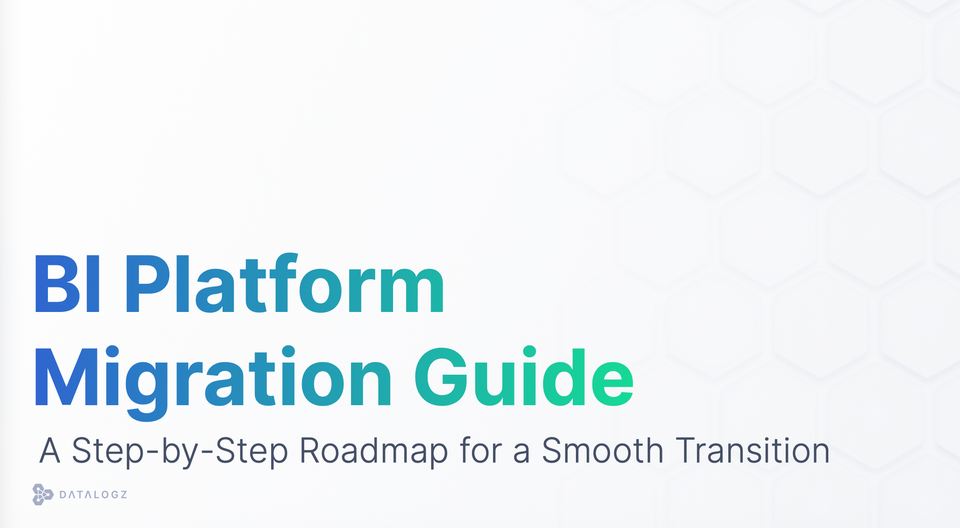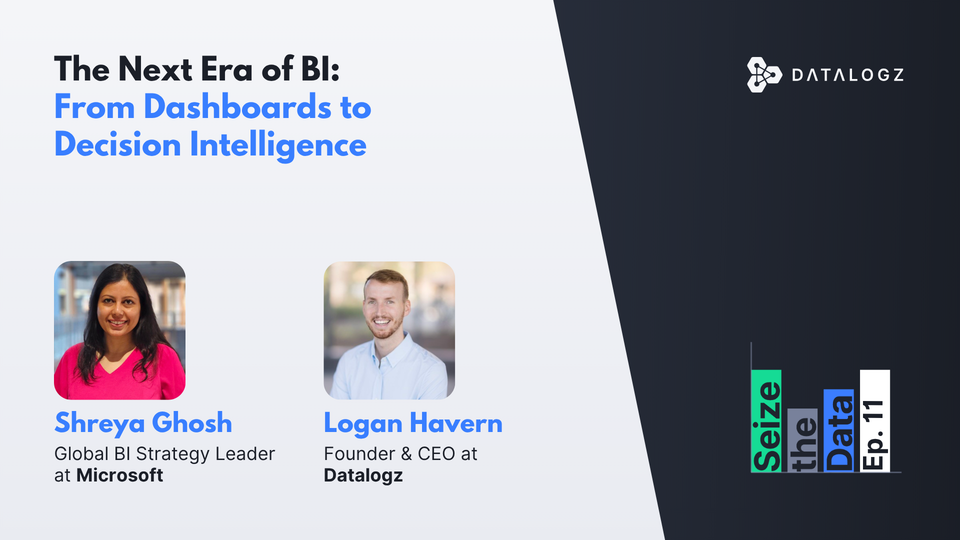Common BI Optimization Challenges and How to Overcome Them
The challenges of data quality, data integration, data access, and technology and infrastructure can significantly impact the performance and efficiency of BI systems.

Business Intelligence (BI) optimization is the process of improving the performance and efficiency of BI systems to provide better insights and outcomes for organizations. BI optimization is crucial for organizations as it enables them to make data-driven decisions, improve operational efficiency, and gain a competitive advantage. In this blog post, we will discuss the common BI optimization challenges and how to overcome them.
Data Quality
One of the primary challenges in BI optimization is data quality. Data quality issues such as missing, inconsistent, and inaccurate data can significantly impact the performance of BI systems and the decisions made based on them. To overcome this challenge, organizations should implement data governance practices to ensure data accuracy, completeness, and consistency. Data governance involves creating policies, standards, and procedures for data management, ensuring data security, and maintaining data quality. Data cleansing is another critical step in improving data quality, which involves identifying and correcting errors and inconsistencies in data. By implementing data governance and data cleansing practices, organizations can ensure that their BI systems are built on high-quality data, which leads to better insights and decisions.
Data Integration
Another significant challenge in BI optimization is data integration. In today's business environment, organizations have data scattered across various systems and platforms, making data integration a complex task. The integration of data from different sources is essential for effective BI as it enables organizations to get a comprehensive view of their operations. Standardized processes, tools, and APIs can help overcome the challenge of data integration. By standardizing data formats, organizations can make it easier to integrate data from different sources. Tools such as Extract, Transform, and Load (ETL) processes can also help in data integration. ETL processes involve extracting data from different sources, transforming it into a common format, and loading it into a target system. Application Programming Interfaces (APIs) also provide a standardized way of accessing and integrating data from different sources. By using these tools and processes, organizations can overcome the challenge of data integration and create a unified view of their operations.
Data Access
The challenge of data access is another crucial aspect of BI optimization. In many organizations, data is siloed, making it difficult for users to access the data they need to make decisions. Data access challenges can also arise due to security concerns, privacy regulations, and data ownership. To overcome the challenge of data access, organizations should implement role-based access controls (RBAC). RBAC involves assigning roles to users and providing access to data based on their roles. RBAC ensures that users only have access to the data they need to perform their job functions. Data-sharing agreements can also help overcome the challenge of data access. Data-sharing agreements define the terms and conditions for sharing data between organizations or departments, ensuring that data is shared securely and appropriately.
Technology and Infrastructure
The challenge of technology and infrastructure is another critical aspect of BI optimization. In many organizations, legacy systems and infrastructure can limit the scalability and flexibility of BI systems. Cloud-based technologies offer a solution to this challenge by providing scalable and flexible infrastructure for BI systems. Cloud-based technologies also offer cost-effective solutions for organizations as they eliminate the need for expensive hardware and software. By adopting cloud-based technologies, organizations can overcome the challenge of technology and infrastructure and create scalable and flexible BI systems.
BI optimization is essential for organizations to achieve better insights and outcomes. The challenges of data quality, data integration, data access, and technology and infrastructure can significantly impact the performance and efficiency of BI systems. However, by implementing best practices such as data governance, data cleansing, standardized processes, tools, and APIs, RBAC, data-sharing agreements, and cloud-based technologies, organizations can overcome these challenges and create effective and efficient BI systems.
Moreover, it is important for organizations to keep in mind that BI optimization is not a one-time process. As businesses evolve and new data sources emerge, the BI system needs to be updated to incorporate these changes. Organizations need to continuously monitor their BI system's performance and identify areas that need improvement.
Another important aspect of BI optimization is user adoption. A BI system can only provide value if it is used by the intended users. Organizations should ensure that the BI system is user-friendly and provides insights that are relevant to the users. Additionally, organizations should provide training and support to users to ensure that they understand how to use the system effectively.
In conclusion, BI optimization is crucial for organizations to gain better insights and make data-driven decisions. The challenges of data quality, data integration, data access, and technology and infrastructure can significantly impact the performance and efficiency of BI systems. However, by implementing best practices such as data governance, data cleansing, standardized processes, tools, and APIs, RBAC, data-sharing agreements, and cloud-based technologies, organizations can overcome these challenges and create effective and efficient BI systems. Additionally, organizations should focus on user adoption and continuously monitor and update their BI systems to ensure that they provide value to the users.



